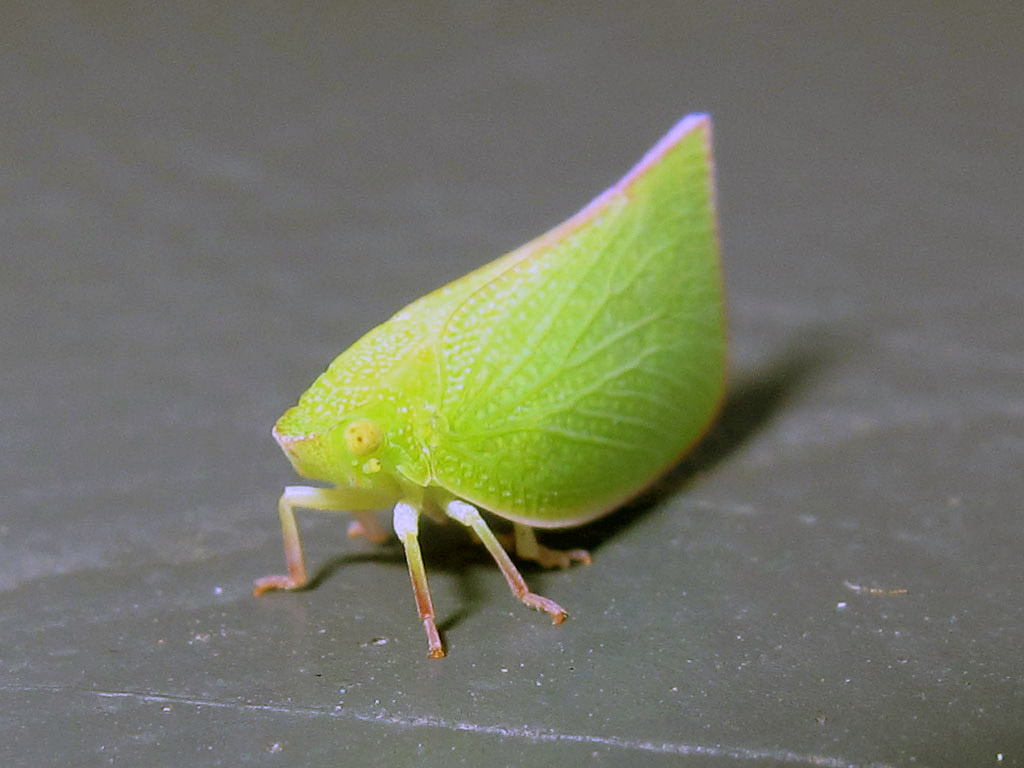Understanding The Green Leaf Bug: A Comprehensive Guide
The green leaf bug, also known as the green shield bug, is an intriguing insect that captivates both entomologists and casual observers alike. This article delves into the fascinating world of these bugs, exploring their biology, habitat, behavior, and significance in the ecosystem. With their vibrant green color and unique characteristics, green leaf bugs are more than just a pretty sight; they play vital roles in their environments. By the end of this article, you will have a deeper understanding of the green leaf bug and its importance.
In recent years, the green leaf bug has garnered attention not only for its striking appearance but also for its impact on agriculture and local ecosystems. Understanding these bugs is essential for both biodiversity conservation and pest management. This guide aims to provide you with in-depth knowledge about the green leaf bug, making it a valuable resource for students, researchers, and nature enthusiasts.
Join us as we unravel the mysteries of the green leaf bug, exploring its lifecycle, diet, and role in the environment. Whether you are a seasoned entomologist or a curious reader, there is something in this article for everyone.
Table of Contents
- Biography of the Green Leaf Bug
- Physical Description
- Natural Habitat
- Behavior and Life Cycle
- Diet and Feeding Habits
- Ecological Importance
- Pest Management and Agriculture
- Conclusion
Biography of the Green Leaf Bug
The green leaf bug, scientifically known as Palomena prasina, belongs to the family of shield bugs (Pentatomidae). This species is predominantly found in Europe, but it has also spread to various parts of the world. Its vibrant green coloration allows it to blend seamlessly into its leafy surroundings, providing excellent camouflage from predators.
Personal Data and Biodata
| Common Name | Green Leaf Bug |
|---|---|
| Scientific Name | Palomena prasina |
| Family | Pentatomidae |
| Habitat | Forests, gardens, and agricultural fields |
| Diet | Herbivore |
| Size | 10-15 mm in length |
| Coloration | Green with a distinctive shield shape |
Physical Description
The green leaf bug is easily identifiable due to its distinctive shield-shaped body, which measures between 10 to 15 mm in length. Its vibrant green color serves as an excellent form of camouflage among the leaves and vegetation it inhabits. Here are some key physical characteristics:
- Body Shape: Shield-like, typical of shield bugs.
- Color: Bright green, sometimes with a glossy appearance.
- Wings: Transparent wings that fold flat over the body.
- Legs: Long and slender, adapted for movement through foliage.
Natural Habitat
Green leaf bugs are commonly found in a variety of habitats, including:
- Forests
- Gardens
- Agricultural fields
- Meadows
They thrive in areas with abundant vegetation, where they can find food and shelter. These habitats provide the necessary resources for their survival and reproduction.
Behavior and Life Cycle
Green leaf bugs exhibit fascinating behaviors throughout their lifecycle. They undergo a complete metamorphosis, which includes four stages: egg, nymph, pupa, and adult. Here’s a brief overview:
- Eggs: Females lay clusters of eggs on the undersides of leaves.
- Nymphs: After hatching, nymphs resemble miniature adults but lack wings. They go through several molts.
- Pupae: Nymphs transform into pupae, during which they develop into adult bugs.
- Adults: Fully developed adults are capable of flight and reproduction.
These bugs are typically more active during the warmer months, where they can be seen feeding on various plants.
Diet and Feeding Habits
The green leaf bug is primarily herbivorous, feeding on the sap of various plants. Their feeding habits can impact plant health. Here’s a closer look at their diet:
- Preferred Host Plants: They are known to feed on a variety of plants, including:
- Fruit trees
- Vegetables
- Ornamental plants
- Feeding Technique: They use their specialized mouthparts to pierce plant tissues and extract sap.
Ecological Importance
Green leaf bugs play a critical role in their ecosystems. They contribute to:
- Plant Pollination: While feeding, they may inadvertently aid in the pollination of plants.
- Food Source: They serve as a food source for various predators, including birds and other insects.
- Biodiversity: Their presence is an indicator of a healthy ecosystem, as they contribute to the overall biodiversity.
Pest Management and Agriculture
Despite their ecological importance, green leaf bugs can also become pests in agricultural settings. Understanding their behavior is crucial for managing their populations effectively:
- Monitoring: Regular monitoring of crops can help detect infestations early.
- Natural Predators: Encouraging natural predators can help control their populations.
- Integrated Pest Management (IPM): Utilizing a combination of biological, cultural, and chemical methods can be effective in managing these bugs.
Conclusion
In summary, the green leaf bug is a fascinating insect that plays vital roles in its ecosystem. From its unique physical characteristics and feeding habits to its contributions to biodiversity, understanding this species is essential for both ecological and agricultural perspectives. As we continue to learn about the green leaf bug, it becomes clear that their presence is significant for maintaining healthy ecosystems.
We encourage you to share your thoughts in the comments, explore related articles, and spread the knowledge about these intriguing creatures.
Final Thoughts
Thank you for exploring the world of the green leaf bug with us. We hope you found this article informative and engaging. Don't forget to visit our site again for more fascinating insights into the natural world!
Article Recommendations
- Skarsg Rd Family
- Healthy Baked Chile Relleno Recipe
- Unabated
- Anti Cheat Police Department
- Cassie Ventura Parents Nationality
- Minor Tire And Wheel
- Lostgolfballs
- Who Is Moo Deng
- Wellness Compounding Pharmacy Medford
- Sponsors The Finals

